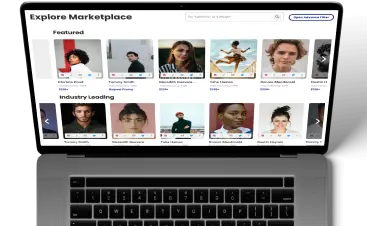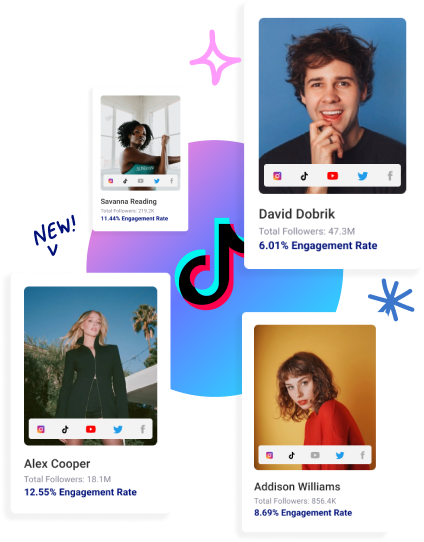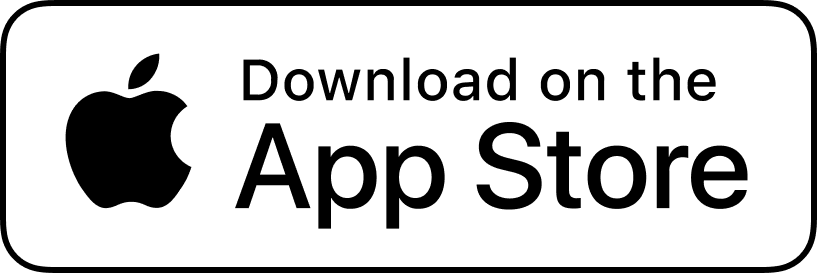We’re ringing in the New Year by bringing you ten influencer marketing trends to watch for in 2023. Cultural shifts have shaken the social media stage, but influencer marketing remains in the spotlight with a $16.4 billion market value and is forecast to reach $22.2 billion by 2025. Until then, here are our trend predictions for creator marketing this year.
Authentic Connection
Creators are cutting out copy-and-paste content and replacing it with authentic content. Authenticity is not only preferred by users for its frill-free transparency but is also being prioritized by platforms for the real connections it promotes. We expect casual and localized content to overshadow glamorous and global aestheticization. TikTok is further incentivizing this trend by algorithmically favoring tailor-made content within a user’s virtual and local community.
Gen Z Marketing
Gen Z voices are being amplified and honored in the digital landscape. They are setting the scene and leading the trends with their collective vision and shared values. More socially and politically conscious than older generations, Gen Z is calling for more diverse and inclusive content. With a push away from polished and a pull toward authentic, youth are replacing picture perfect with unfiltered realism.
User-Generated Content
The rejection of scripted structures and the embrace of in-the-moment realism usher more opportunities for user-generated content (UGC). Brands are expected to meet the demand for transparent and relatable content by launching more UGC campaigns in 2023. We anticipate an influx in brands that use actionable entertainment like UGC to drive native in-feed advertisements.
#NicheTok
TikTok has claimed that users are 1.8x more likely to learn about new topics through their in-app niche communities. In conjunction with online authenticity, #NicheTok is refining itself with hyper-niche conversations that foster individual expression and shared interests. We speculate brands will collaborate more with niche creators to bond with these digital subcultures and increase the relevance of their marketing efforts.
Creator Subscriptions
The gates are open for gated content with platforms like Instagram introducing a subscription model for creators. Creators can now monetize exclusive content that gives their followers insider access. By reaching a specialized audience, subscription-based content can provide brands with a unique opportunity to amplify their voices within a private sphere. We believe this will drive commissions for subscriber-only content moving forward.
Live E-Commerce
The in-home televised shopping experience has now evolved into on-phone shoppable content. Shoppable livestreams have been trending in China for a while but have not had the same impact in the US. As an interactive model that involves the viewer, it is more experiential and carries the potential to complement existing creator content. Although we do not see brands using shoppable livestreams directly, we do believe they will request its use when working with creators who capitalize on this content strategy.
Google on TikTok
TikTok is being favored over Google for internet searches. While it lacks the search-engine capabilities to fully replace Google, 40% of Gen Z users default to TikTok to discover information. In addition to producing more personalized results that can be filtered for likes and views, TikTok enables viewers to consume information visually, which can be easier to grasp than text on a page. Coupled with the collective attention deficit, watchable search results tend to satisfy shorter attention spans. This switch will most likely lead to brands and creators using text-heavy tactics to be more discoverable on high-engagement platforms.
YouTube Shorts
In response to TikTok’s domination, Google has introduced YouTube Shorts. Unlike TikTok, YouTube Shorts provides Creators with more ad revenue and allows them to acquire a larger subscriber base faster. YouTube Shorts may gain popularity with brands as a safer way to experiment with short-form video given the privacy and security concerns TikTok continues to raise.
AI-Imaging Tools
Brands, agencies, and marketers may begin to leverage AI-based imaging tools to keep up with the constant content demand. Technologies like Dall-E and Stable Diffusion generate text-prompted visuals that can replace stock and commissioned graphic-design assets.
Surge of the Super App
With everything competing for everyone’s attention and platforms failing to satisfy users on all bases, super apps are on the rise. The concept was developed in China following the all-in-one offerings of apps like WeChat. It may be too soon to ascertain the success of the super app, but competing platforms are preparing for this shift by integrating cross-functionality and expanding their offerings.
Closing Words From Our CMO
We’ll end with a statement from Christian Brown, Co-Founder and CMO of Glewee. “In 2023, Glewee expects brands to increase their influencer marketing spending. However, we predict brands will focus their energies on emerging social media platforms, cross-channel campaigns, direct response and video-based user-generated content,” said Brown. “We also expect campaign reporting to be more important and brands to require more analytical insight and data for branded posts that creators are deploying.”









